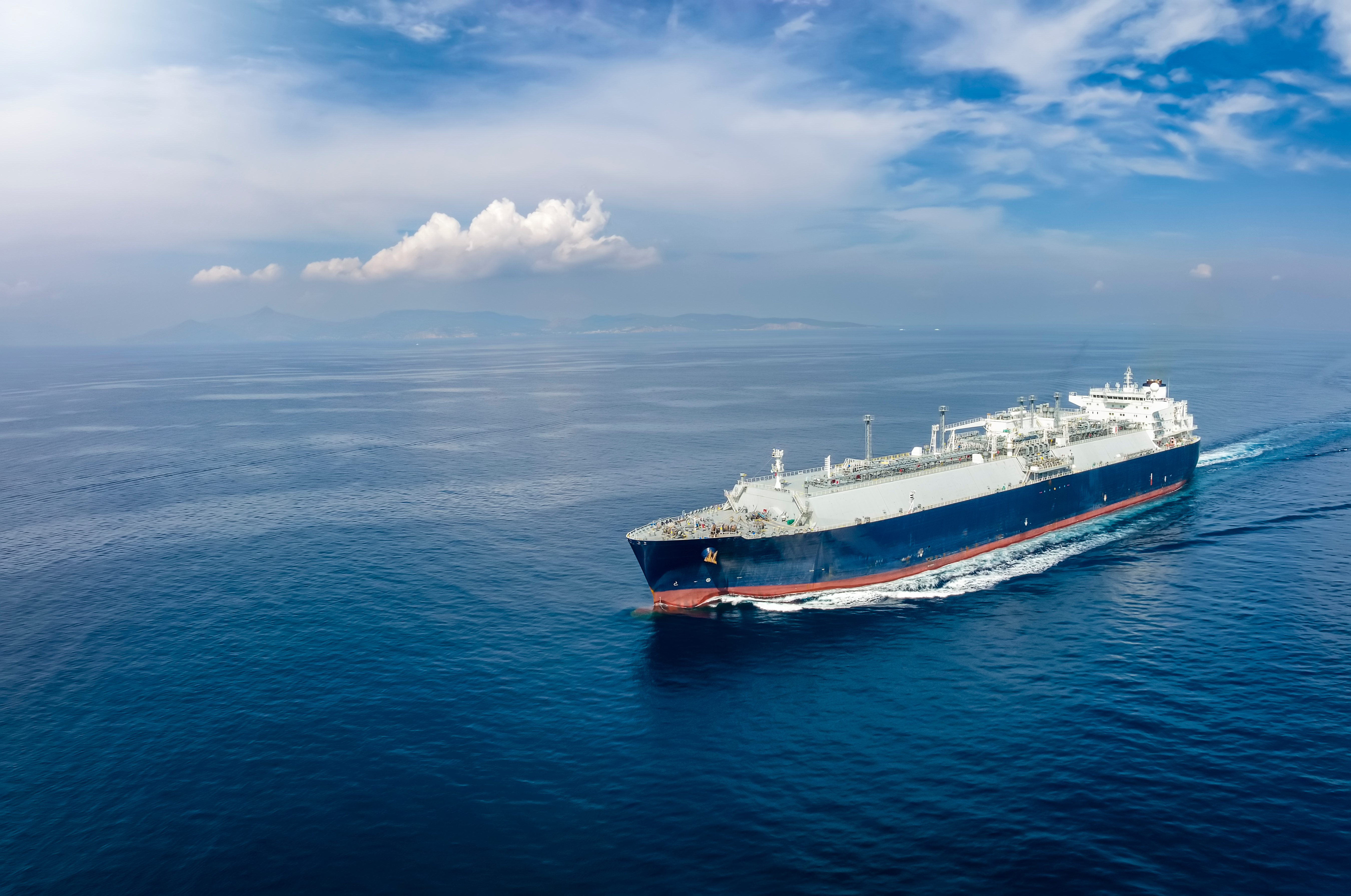
Capt. Hiroshi Sekine, Senior Loss Prevention Executive examines the importance of good preparation and passage planning following the recent CMA CGM Libra grounding case.
On March 4, 2020, the English Admiralty Court of Appeal confirmed an extremely noteworthy ruling concerning the grounding of the CMA CGM Libra at Xiamen, China on 17 May 2011, stating that inadequate passage planning prior to departure had rendered the vessel unseaworthy.1The vessel had been navigated outside the buoyed fairway and ran aground on a shoal in an area where there were charted depths of over 30 metres. The shoal was not marked on the paper Admiralty charts available at the time, but recent Notices to Mariners had warned that numerous depths less than the charted depths existed in the approaches to the port. The vessel’s passage plan had not provided for the vessel to leave the buoyed fairway. But nor did it contain a clearly marked warning of the danger created by the presence of depths less than those charted.
92% of the Cargo interests paid their contribution to General Average but 8% refused to do so. They submitted that the unsafe and negligently prepared passage plan rendered the vessel unseaworthy and caused the casualty, and as such that they had a defence of actionable fault.
The Court held that the absence of an adequate passage plan was causative of the grounding, and that was the reason the vessel was unseaworthy at the time of its departure. In other words, the owner was in violation of the obligation, as required by Article III rule 1 of the Hague and Hague-Visby Rules, to exercise due diligence (use due care and make appropriate efforts) to maintain the seaworthiness of the Vessel. Consequently, Cargo interests were not liable to contribute to General Average.2 (Note-2)
Even now, the navigator is aware that it is very important to prepare a passage plan before sailing, but in this judgment, the Court clarified its decision further and found that the incomplete passage plan was sufficient to declare that the vessel was unseaworthy.
Outline of the accident
Ship's name
CMA CGM Libra
Ship type
Containership
Built
2009 in South Korea
Specifications
LOA - 353m, width - 45.66m (post-panamax),
full load draft in summer - 15.524m, 171,371 DWT,
96,875 BHP (104rpm), maximum speed of 24.7kts
Equipment
ARPA, ECDIS, BA paper charts and Sailing Directions
Passage plan
The passage plan was prepared by the second officer, using the plan document provided by the ship owner and the ship’s charts. The master confirmed this passage plan on May 17, the day before departure from port.
① Course line (see figure attached)
The fairway is indicated by a pecked line on the chart, marked by buoys, with a fairway width of 300m and a fairway depth of 19m to 31m on the chart.
The course lines shown in the Passage Plan are as follows, from buoy 15 to Jiujie rocks.
- Around buoy 15, pass along the starboard edge of the fairway keeping the buoy to the ship’s port
- Aiming toward the port edge of the fairway, pass buoy 14-1, which indicates a dangerous shallow water area, keeping the buoy to starboard.
- Pass through the fairway until reaching Buoy 14, keeping the buoy to starboard
- Continue along the port edge of the fairway 2 cables east of the Jiujie rocks.
Reference-1: The ship grounded 1 cable west of the Jiujie rocks
Reference-2: Approx. 2 miles from buoy 15 to the point of grounding
② Notice to Mariners
Notice to Mariners NM6274 (P)/10 issued by the UK Hydrographic Office in December 2010 included the following:
- The fairway have a least depth of 14m.
- The perimeter around buoy 14-1 is marked as a dangerous sea area, which extends to have a charted depth of 14. 9m in the fairway.
- The west side of buoy 15 on the western edge of the fairway is marked as a dangerous area, which extends into the fairway with a charted depth of 15.9m.
- Numerous depth less than the charted exist within, and in the approaches to Xiamen Gang.
Navigation
At 0133 on May 18, the Vessel left Xiamen Port with draft of 15.15m (a squat of about 1. 8m at 12 knots), headed for the fairway.
- 02:20 - With buoy 15 to port, the rudder was turned gradually to port.
- 02:22 - Master: "We have to move on the left side of the channel…..because of these wrecks which are ahead of us” and he tries to go to the portside of the fairway. (Course 131 degrees).
- 02:25 - Master: "OK, Come to starboard, 138”.
- 02:28 - The helm was order further to starboard, reaching 170 degrees. The purpose of this 40-degree alteration is to pass buoy 14-1 and the dangerous area around it, to port. This causes the Vessel to exit the fairway marked by the pecked line.
- 02:28+ - The master ordered the helm hard to port and tried to return to the fairway before reaching buoy 14.
- 02:30 - The master ordered hard to port. Then the master said: "There don’t have time to enter the fairway. It appears that his aim was now to pass the rocks and shallow water at Jiujie Jiao to port and then re-enter the fairway after that."
- 02:32 - The second officer marked the vessel’s position on the chart, and passed buoy 14 on their port at approx. 2.5 cables of west of the fairway.
- 02:34 - Dropped speed to 5 knots, in rapidly decreasing water depth.
- 02:35 - The master confirmed the ship was grounded after trying to use the rudder and engine many times to free the ship.
Although she was in an area where there were charted depths of over 30 metres, she was between the rocks of Jiujie Jiao and the depth of 1.2 metres marked on the 30 metre contour. She was over 4 cables west of the fairway.
Analysis
1) Reason that the master left the fairway
The master tried to leave the fairway at 0225 and gave the following testimony about this:
“Approaching the buoy no. 14-1 I decided to leave it in Port side (because upon arrival in Xiamen the day before, north-west bound, the VTS warned me that there is shallow water ahead on the East of the channel). When I tried to re-enter the channel today, nearby Buoy 14-1, the vessel was steering with difficulty due to the deep draught and with trim zero. I noticed that the vessel is not responding fast enough to come back to port and in order to avoid the awash rocks ahead I tried to go ahead and remain west of the Jiujie rocks, to follow a route outside the channel as the chart was showing depths of 40-35 metres ahead, with the intention to rejoin the channel after that.”
It is about 1 mile from buoy 14-1 to the Jiujie reef, and such delicate manoeuvring of a large vessel seems to be reckless within such a short distance and in waters where shallow water effects are expected. In addition, this was a sudden change in the passage plan, and the details had not been examined or evaluated regarding this plan change.
In the First Instance basic navigation principles state that "a proper passage plan operates to prevent bad ad hoc decision making during the course of a passage." This is exactly what is meant by problems arising from "bad ad hoc decision".
2) Passage plan
One of the objectives of a passage plan is to identify hazardous areas and potential causes of danger, and then, importantly, to fill in the necessary current information on the chart. However, regarding this accident the following two points were clearly neglected.
- Notice to Mariners NM6274(P)/10 was not referenced
It is the officer’s duty to check all current hydrographic information before starting navigation and, if necessary, to include it on the chart and passage plan, etc. This was not done in this case.
- There was no “no-go area” charted
The company's SMS manuals discuss the issue of no-go areas. The absence of the identification of “no go areas” on the working chart meant that there was no pre-assessed visualisation of “safe” and “unsafe” waters on the working chart. Given that doing this is a normal procedure on board a ship, responsibility of the master or ship management company (owner) is also heavy.
3) Lack of bridge management (BRM/BTM)
The fact that the captain didn't explain why the vessel was departing the charted course and that the second officer didn't hear any reason is partly due to the congestion of other vessels in the vicinity of the vessel in question. However, it is difficult to say that good bridge management was being carried out on this vessel.
Conclusion
1) Unseaworthiness
During this trial, the reasons for the failure of the Vessel to maintain seaworthiness at the time of departure from port were attributed to a failure to observe the following Hague-Visby Rules.
Article III provides:
1. The carrier shall be bound before and at the beginning of the voyage to exercise due diligence to:
(a) Make the ship seaworthy…
It was resulted that the vessel was unseaworthy before and at the beginning of the voyage from Xiamen because it carried a defective passage plan. That defective passage plan was causative of the grounding of the vessel.
Specifically, the ship owner (as well as the master and second officer) must create a passage plan before departure that involves marking the necessary warnings carefully on the chart, while paying reasonable attention (i.e., by performing due diligence). However, they neglected doing this.
In addition, the appellate court also resoundingly rejected the ship owner's assertion that an error in planning a voyage prior to departure should be considered an error of navigational rather than an unseaworthiness.
In practice, in this case it was argued and emphasized that it is necessary for ship owners to ensure that all charts are completely up to date (including the application of Temporary and Preliminary Notice to Mariners), and that careful and accurate passage planning should be carried out beforehand when the intended voyage involves navigation in difficult and confined areas.
As a result, it was concluded that the grounding of the vessel was caused by the actionable fault of the Owners and so the Cargo interests are not liable to contribute in general average.
2) Evaluation
This judgment is noteworthy and unexpected for ship owners and navigators.
There is absolutely no question about the importance of preparations before departure. This is stipulated in international rules and other regulations. The details of necessary preparations before departure are described in the SMS, and these include more than the preparation of passage plans; they also involve critical checks that must be made before departure from port. However, the issue of safety checks before departure from port is an extremely difficult problem, involving such questions as whether one or more of these have been implemented or checked incorrectly, and -- when an accident occurs -- whether the actions were insufficient to maintain seaworthiness.
In particular, in this case there was inadequate establishment of a passage plan (in addition to the lack of a no-go area) which there was no plan that took into account the Preliminary Notices of Notice to Mariners.
In the future, this case will serve as a precedent and will have a severe effect on ship owners and navigators. However, with regard to preparations before departure, we believe that there will be room for research on the extent to which preparations will be applied and to what extent other than the formulation of a passage plan, and what detailed requirements will be applied.
In any case, the ship owner and the navigator are required, as in the past, to make preparations before navigation, to be very cautious and careful about all matters, including the formulation of passage plans.
1 In March 2019, the English Admiralty Court in first instance concluded that the Cargo interests had established causative unseaworthiness and that the Owners had failed to establish the exercise of due diligence to make the vessel seaworthy. That was, as the Court observed, the consequence of applying established propositions of law to the facts of the case: the traditional test of seaworthiness, the principle that proper navigational documentation is an aspect of seaworthiness and the non-delegable nature of the duty to exercise due diligence. In response, Owners filed an appeal on how the law had been applied.
2 UK P&I Rule 2 - Section 19 Unrecoverable general average contributions





